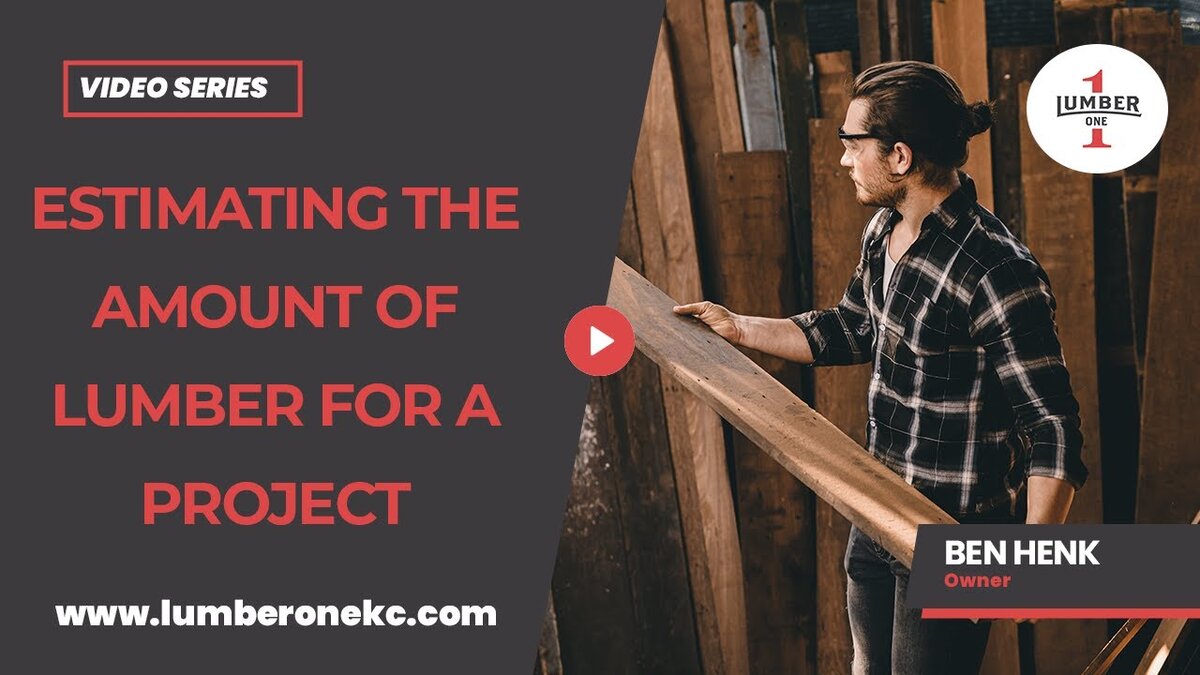The type of wood you choose for a project affects its strength, durability, and safety. Kiln-dried and fire-treated wood are two common options, but they serve different purposes. Kiln-dried wood is known for its stability and reduced moisture content, while fire-treated wood is chemically treated to resist fire and pests.
Understanding the differences between these two types of wood can help you choose the right one for your needs. This guide will explain their key features, advantages, and best applications.
What is Kiln-Dried Wood?
Kiln-dried wood is wood that has been dried in a kiln to remove moisture, a process that makes it particularly suited for internal applications. The primary purpose of kiln-drying is to ensure dimensional stability, meaning the wood won’t warp or shift as much over time. This is especially important in framing and other structural uses where precision is key.
Advantages of Kiln-Dried Wood
- Dimensional Stability: Because the wood is dried thoroughly, it maintains its shape and size better than wood that hasn’t been kiln-dried. This makes it ideal for areas where exact measurements are crucial.
- Reduced Moisture Content: The drying process lowers the moisture content, which minimizes the chances of mold, mildew, and other moisture-related issues.
- Ease of Use: Kiln-dried wood is lighter and easier to handle due to its lower moisture content, making it a preferred choice for many home builders.
However, it’s essential to note that kiln-dried wood is not treated with chemicals, meaning it doesn’t have enhanced resistance to insects. Some wood species like spruce might have natural resins that offer slight bug resistance, but this is not comparable to the protection provided by chemically treated wood.
What is Fire-Treated Wood?
Fire-treated wood, also commonly referred to as pressure-treated wood, undergoes a chemical treatment process designed to enhance its resistance to fire, pests, and environmental factors. While the term “fire-treated” is used, it’s important to note that it’s similar to what we often refer to as pressure-treated wood, especially in outdoor applications.
Benefits of Fire-Treated (Pressure-Treated) Wood
- Increased Durability: The chemical treatment process fortifies the wood against the elements, making it more suitable for outdoor use where it will be exposed to moisture, insects, and other environmental factors.
- Bug and Pest Resistance: The chemicals used in treating the wood act as a deterrent to insects, which makes fire-treated wood an excellent choice for areas prone to bug infestations, such as the base plates of a house.
- Fire Resistance: As the name implies, fire-treated wood is treated to slow down the spread of fire, providing an added layer of safety in construction, particularly in areas where fire risk is a concern.
Kiln-Dried vs Fire-Treated Wood: Specific Applications
Understanding the distinct advantages of kiln-dried versus fire-treated wood is essential for choosing the right type of wood for specific parts of your project.
- Internal Framing: For internal structural elements where precision and stability are crucial, kiln-dried wood is the best choice. Its dimensional stability ensures that the wood won’t shift or warp over time.
- Exterior Applications: For outdoor projects, such as decks or exterior framing, fire-treated wood is more suitable. The chemical treatment ensures that the wood can withstand the elements and resist insects, providing long-lasting durability.
- Foundation Plates: When building a house, it is crucial to use fire-treated wood for the foundation plates, which are the sections of wood that sit directly on top of the concrete foundation. This area is particularly vulnerable to moisture and pests, making the enhanced resistance of fire-treated wood essential.
- High Fire Risk Areas: In regions prone to wildfires or where fire resistance is a top priority, fire-treated wood should be used in construction to slow the spread of fire and protect the structure.
In Summary
Selecting between kiln-dried vs fire-treated wood depends on the specific needs of your project. Kiln-dried wood offers excellent dimensional stability for interior use, while fire-treated wood provides enhanced durability and pest resistance for outdoor and high-risk areas. Understanding these differences will help you make the best choice for your construction needs.
If you have any questions or need further guidance, don’t hesitate to contact us for expert advice.




